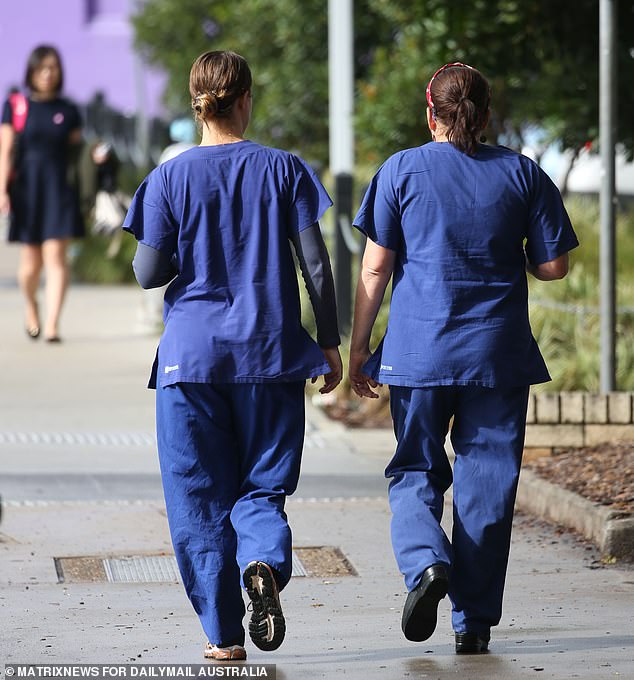How much you now should be earning in Australia as average, full-time salary hits six figures for the first time
Australians earning less than six figures are now earning below-average incomes amid a cost of living crisis.
The average full-time salary, excluding bonuses and overtime, was $100,017 in May. Salaries in four in 10 sectors are now typically in the six figures, according to new data from the Australian Bureau of Statistics.
The mining sector was the highest paying sector with an average salary of $156,796. It was one of seven out of seventeen sectors with an average salary level in the six-figure range.
Other sectors included IT, media and telecommunications ($126,734), finance and insurance ($118,726), professional, scientific and technical services ($116,761), electricity, waste, water and gas ($116,678), public administration security, including police officers ($105,877), and education, typically including teachers ($105,373).
The health care and social assistance category, which includes elder care workers, was not far behind with an average salary of $98,925, even outpaying construction workers and laborers, who earned $94,734.
This came after aged care workers were given a 15 per cent pay rise in July 2023, with the Labor government investing $11 billion over four years to make it happen.
The healthcare sector, traditionally a lower-wage sector, has also received a boost from high salaries under the National Disability Insurance Scheme.
The lowest salaries were achieved in the hospitality sector, with an average salary of $73,892. That is lower than in retail, with a salary of $75,634.
Australians earning less than six figures now earn below-average incomes amid cost-of-living crisis
Both amounts were well above the minimum wage of $47,627, but these amounts include managers, making the average higher.
The average Australian worker now earns more than $100,000 a year for the first time.
This person can now borrow $520,087, meaning he can purchase a $650,109 home with a 20 percent mortgage.
The average worker can buy an apartment for the average price in any major city except Sydney, but a middle-class house is out of the budget unless they move to Darwin or a suburb of Hobart.
Australia’s unemployment rate rose to 4.2 percent in July, the highest level in two years. Last month, 23,900 people lost their jobs, in another sign that the Reserve Bank’s aggressive interest rates are slowing the economy.
The number of unemployed people in Australia has risen to 637,100, the highest number since October 2021, when Sydney and Melbourne were still in lockdown.
Nearly three years after the lockdowns, Victoria had Australia’s highest unemployment rate at 4.6 per cent, while Western Australia had the lowest rate at 3.7 per cent.

The health care and social assistance category, which includes elder care workers, was not far behind with an average salary of $98,925, making them even better paid than construction workers and laborers at $94,734.
Reserve Bank Governor Michele Bullock said last week there would be no rate cut for the next six months, but Commonwealth Bank senior economist Belinda Allen said rising unemployment would force the RBA to cut rates before Christmas from their current 12-year high of 4.35 percent.
“We remain committed to our central scenario, which is that the RBA will initiate its first rate cut in November,” she said.
‘But we are increasingly concerned as the time needed to achieve the data configuration required by the RBA to cut the cash rate is getting shorter, especially after the current employment figures.’
Wages across the labor market as a whole rose by 4.1 percent in the past budget year, which was barely higher than inflation of 3.8 percent.
Real wage growth, adjusted for inflation, is weak as Australia continues to receive a large influx of new migrants.
During the last financial year, there were 469,140 net migrants moving to Australia. This number includes permanent inflows of skilled migrants and long-term inflows of international students.
Data from SQM Research shows Australia still saw a tight rental vacancy rate of 1.3 per cent in July, as strong population growth led to increased competition for accommodation.
Perth, a heavily mining city that sees more migrants from other states, had an even lower vacancy rate of 0.8 percent.
